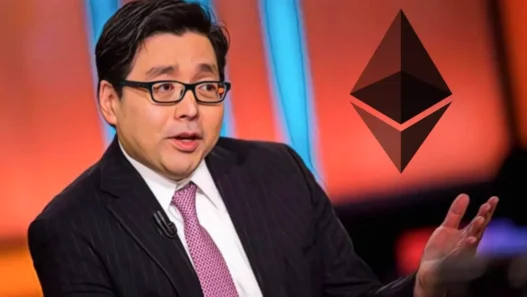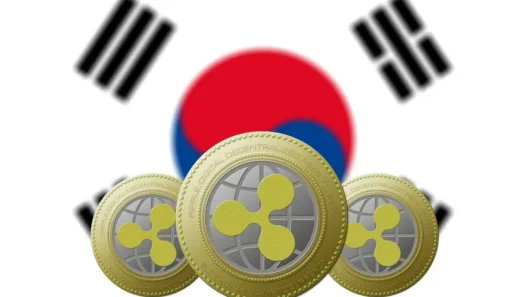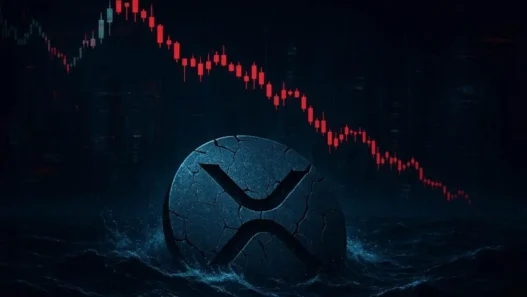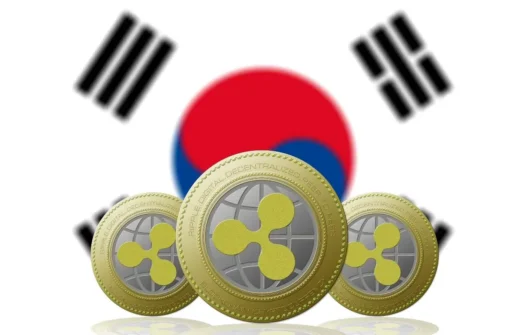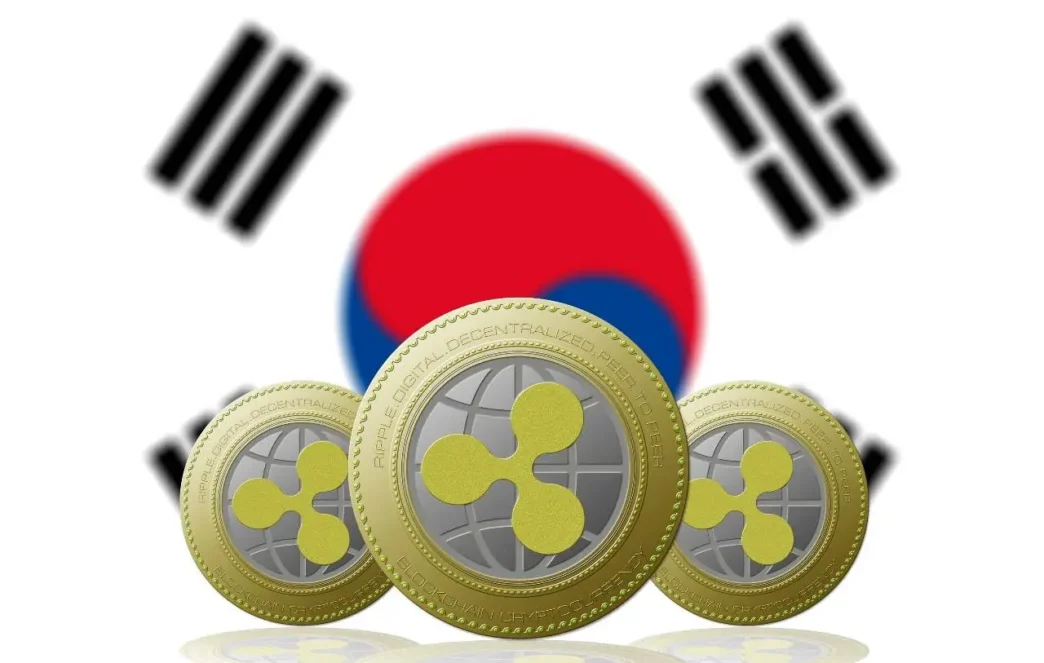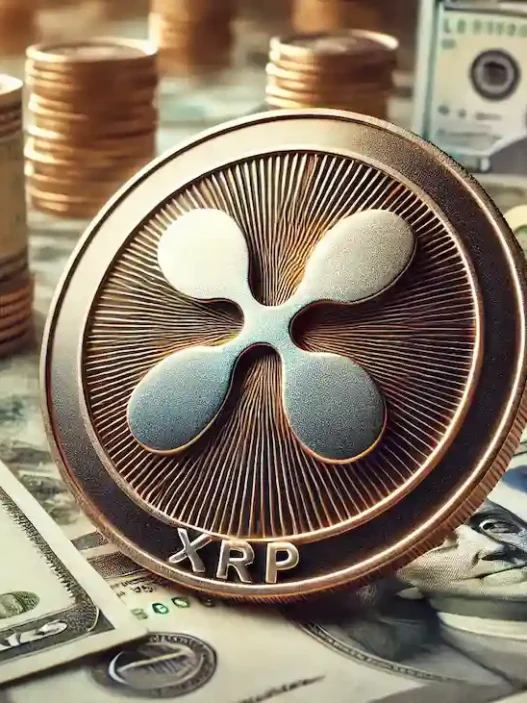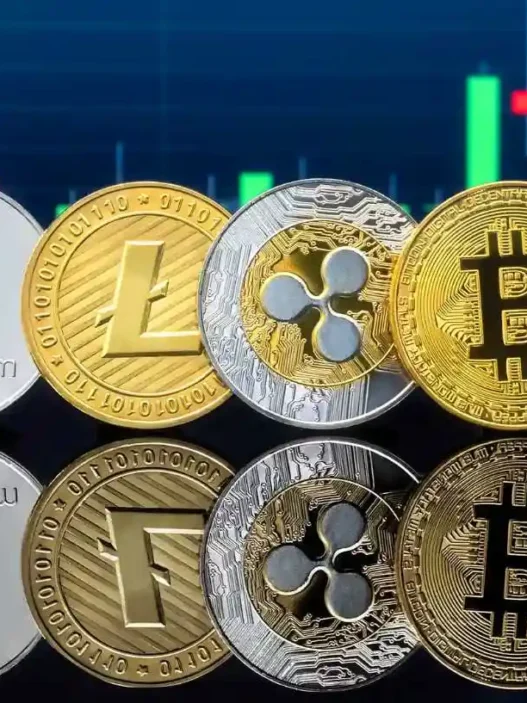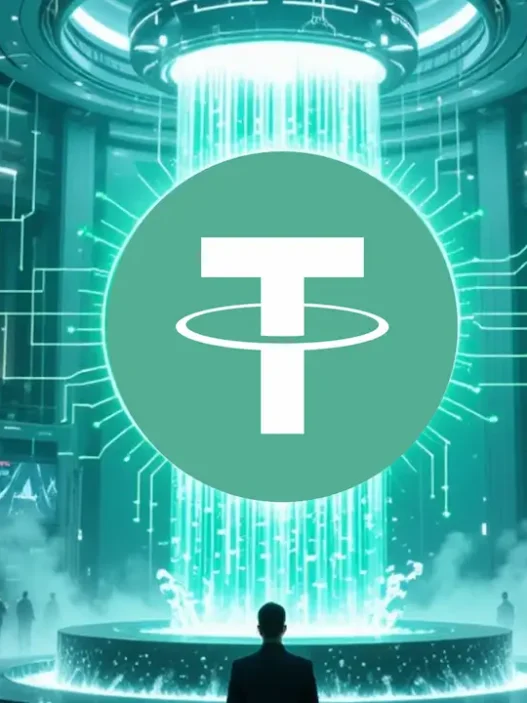Ripple recently reached a major milestone in South Korea. Its partnership with cryptocurrency custodian BDACS is now fully operational, granting institutional clients regulated access to XRP. It’s a significant milestone in Ripple’s Asian expansion, as well as a critical step toward integrating digital assets into the mainstream financial system.
What does this mean for XRP in Korea?
Ripple’s custody deal in South Korea is finally showing results. BDACS, a regulated crypto custodian focused on institutions, just went live with full support for XRP. The update was announced via a post on X this week, confirming that one of South Korea’s most popular digital assets now has secure, regulated custody options for local institutions.
This launch follows a partnership Ripple announced with BDACS back in February. At the time, both companies made it clear the goal wasn’t just token storage, it was about pushing wider adoption of XRP and Ripple’s new dollar-backed stablecoin, RLUSD, among financial institutions.
Now, the first part of that plan is active.
BDACS says it’s aligning with South Korea’s Financial Services Commission roadmap, which aims to bring more institutional players into crypto, safely and under regulation. Offering custody for XRP, which already has a big following in Korea, makes perfect sense as a first move.
Is this just about custody, or something more?
But this rollout is also about building on Ripple’s wider vision for the region. XRP Ledger is being positioned as infrastructure for tokenized assets and cross-border payments. RLUSD, Ripple’s stablecoin, is also expected to go live on BDACS soon, further deepening the integration.
Ripple’s APAC lead Fiona Murray said earlier this year that Korea’s fast-moving regulatory space makes it a key target for expansion. BDACS CEO Harry Ryoo echoed that, saying the company wants to provide secure custody tools that match the pace of Ripple’s tech and the evolving rules.
Outside of Ripple, BDACS is also partnering with players like Avalanche, Polymesh, and even Woori Bank, showing that it’s not just a niche crypto custodian but an active part of Korea’s growing digital finance scene.
XRP, meanwhile, remains one of the most traded coins in South Korea, so adding it to a regulated platform like BDACS might not move price overnight, but it’s another sign that institutional crypto adoption in Asia is picking up speed.
Read also: Day Trading Crypto with AI: How ChatGPT and Grok Are Changing the Game



